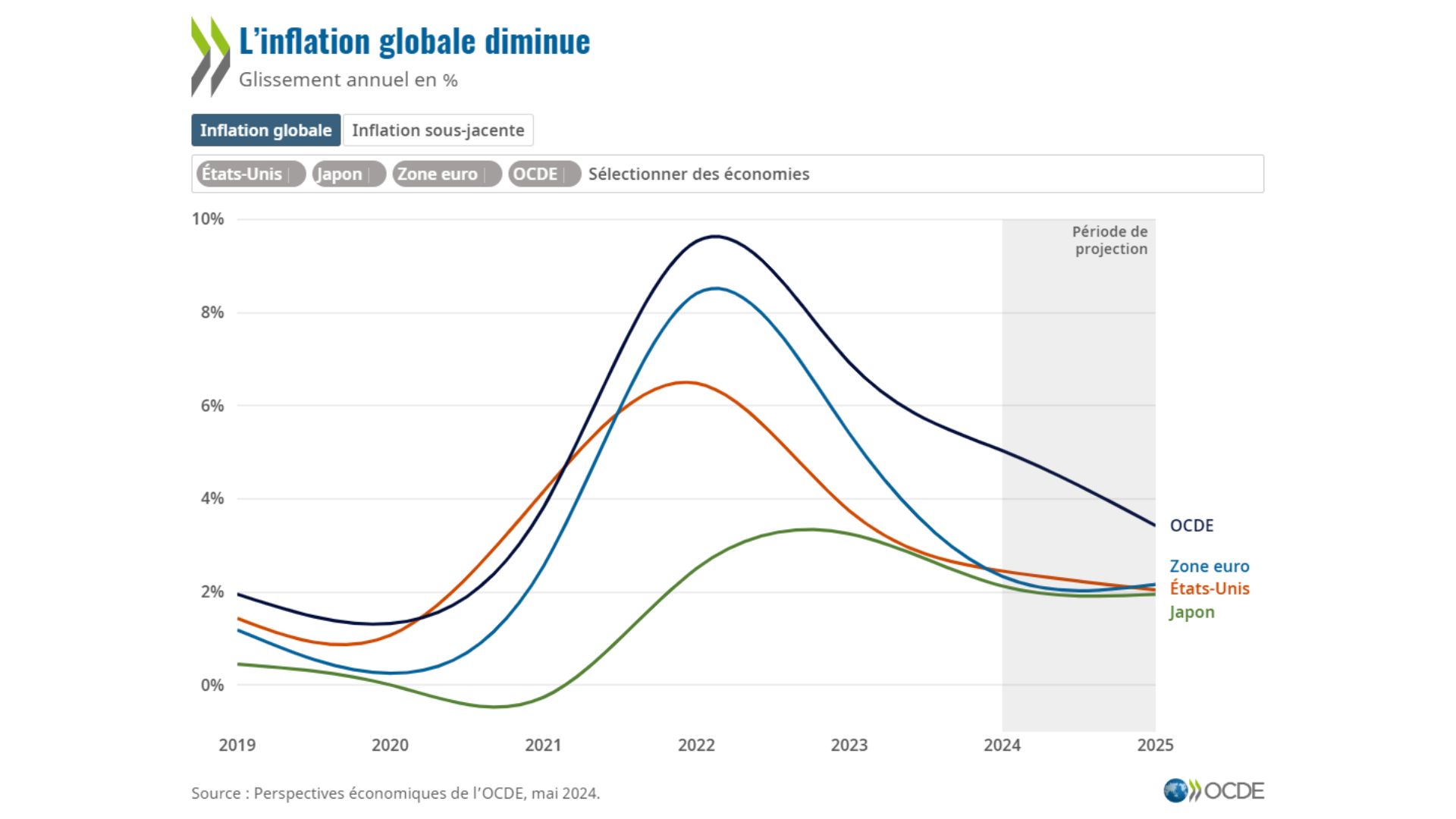
India’s GDP is projected to grow at 7.8 per cent in the just-concluded financial year 2023-24 and the forecast is for around 6.6 per cent in each of the following two fiscal years, according to OECD’s latest Economic Outlook. However, global near-term developments pose obstacles to higher growth.
In the Economic Outlook report released on Thursday, the Paris-based research body Organisation for Economic Co-operation and Development (OECD) has said India’s domestic demand will be driven by gross capital formation, particularly in the public sector, with private consumption growth remaining sluggish.
OECD is a group of 37 member countries that discuss and develop economic and social policy.
In the report, OECD asserted that exports will continue to grow, especially of services such as information technology and consulting where India will continue to increase its global market share, supported by foreign investment.
In India, consumer price index (CPI) inflation was 4.9 per cent in March after averaging 5.1 per cent in the preceding two months, following the recent peak of 5.7 per cent in December 2023.
Retail inflation in India is in RBI’s two-six per cent comfort level but is above the ideal 4 per cent scenario. Inflation has been a concern for many countries, including advanced economies, but India has largely managed to steer its inflation trajectory quite well.
The Indian central bank’s monetary policy, the OECD report said that the monetary policy easing is projected to start in the second half of the year once lower inflation is maintained.
Along anticipated lines, RBI kept the policy repo rate unchanged at 6.50 per cent, the seventh time in a row in its latest review meeting. The repo rate is the rate of interest at which the RBI lends to other banks.
Barring latest pauses, the RBI raised the repo rate by 250 basis points cumulatively to 6.5 per cent since May 2022 in the fight against inflation. Raising interest rates is a monetary policy instrument that typically helps suppress demand in the economy, thereby helping the inflation rate decline.
“Assuming a normal monsoon season and no other supply shocks that may de-anchor inflation expectations, a first cut of the policy rate is projected in late 2024, with cumulative cuts of up to 125 basis points implemented before March 2026. The RBI will only switch the stance to neutral during 2025,” the report read.
Further, the report suggested that India needs to achieve a higher level of real GDP growth to address the country’s multiple development challenges, especially job creation.
To ensure further progress, unpredictable export restraints and tax surcharges should be avoided, subsidies for fertilizers and pesticides reduced, and minimum price supports rationalized, it further suggested.
“In addition, requirements to sell produce in mandis (state-regulated wholesale markets) should be relaxed. Such bold actions must be accompanied by pro-active communication, open dialogue with stakeholders, and regulatory safeguards,” it added.